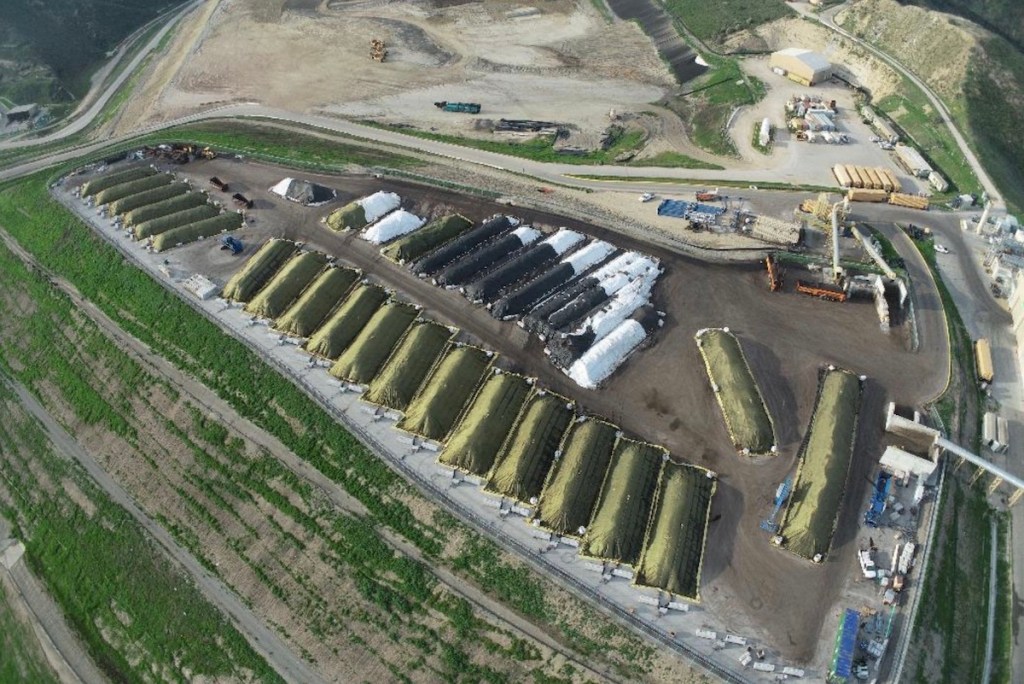The Santa Barbara County dump on the Gaviota Coast received approval on Tuesday to keep adding trash to a height of 650 feet above sea level — the Pacific Ocean shines a bright blue to its south — for an increase of 30 feet from the current permitted height, and across 14.25 mostly disturbed acres through to 2038. The Board of Supervisors gave unanimous approval, with Supervisor Bob Nelson absent, but not before hearing opposition from the Gaviota Coast Conservancy and nearby residents, who questioned the wisdom of allowing the dump to expand when it has acknowledged issues with creek water pollution and pervasive downwind odors, causing “massive human suffering,” said resident Mariah Smith, adding, “It would be shortsighted to expand it now.”
To requests made in this paper and elsewhere that the less-than-adequate organic-waste operations at Tajiguas Landfill be independently reviewed, Public Works director Chris Sneddon pointed out that two “world-leading experts” have already given their independent opinions to the county. As well, the landfill’s recycling operations report to nine regulatory agencies, while the landfill itself reports to even more, said Jeanette Gonzales-Knight, Public Works’ technical deputy director, addressing doubts that water and air quality were being monitored sufficiently.
For the supervisors, however, the discussion was about the pile of trash Tajiguas faced every day. “In our county, we produce nine pounds of trash per person. For the average American, it’s 4.9 pounds. We’re almost double that amount. Where’s the plan to reduce?” Laura Capps asked. Das Williams called it “affluenza,” and Joan Hartmann requested that Public Works come back in six months with a waste-reduction program, one that would “engage the community.”
Supervisor Williams went on to note it would take at least two years to get state approval to change tactics, expressing grave concerns for the alternatives to expansion — trucking it to Chiquita Canyon in Castaic or to Santa Maria, both of which were very costly in terms of tipping fee increases, additional traffic to the south, and increased vehicle pollution. And, Supervisor Steve Lavagnino pointed out, the Santa Maria landfill is on a river: “It’s not much better of a situation there.”

